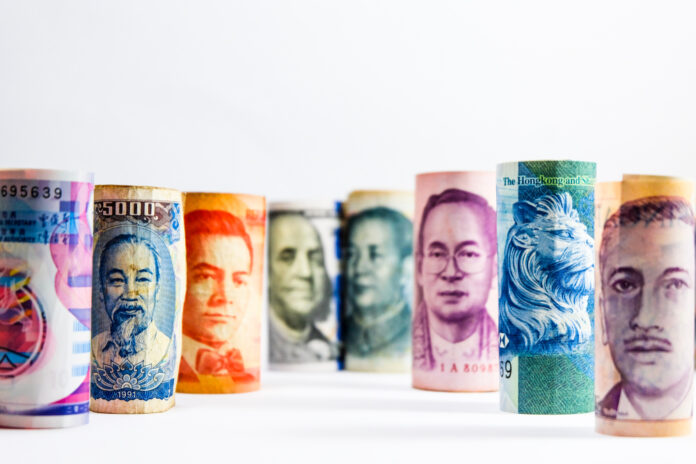Emerging markets and developing economies like the Philippines were to collectively post output growth measured as the gross domestic product (GDP) averaging 4 percent this year, but higher next year to 4.2 percent, according to the International Monetary Fund (IMF).
This surfaced in observations made by Pierre-Olivier Gourinchas, economic counsellor and director of research at IMF, whose recent studies found that while global growth this year were likely to remain weak when viewed against historical numbers, the same were to rebound in 2024.
Gourinchas said global output growth will likely have slowed from the forecast 3.4 percent in 2022 to 2.9 percent this year but should rebound to 3.1 percent next year.
Most emerging and developing countries, the Philippines included, have yet to report on the pace of their economic expansion in 2022.
Gourinchas acknowledged that while Russia’s conflict in Ukraine and the fight against inflation weigh on global growth, the outlook “is less gloomy than in our October forecast, and could represent a turning point, with growth bottoming out and inflation declining.”
“Economic growth proved surprisingly resilient in the third quarter of last year, with strong labor markets, robust household consumption and business investment, and better-than-expected adaptation to the energy crisis in Europe. Inflation, too, showed improvement, with overall measures now decreasing in most countries—even if core inflation, which excludes more volatile energy and food prices, has yet to peak in many countries.
“Elsewhere, China’s sudden re-opening paves the way for a rapid rebound in activity. And global financial conditions have improved as inflation pressures started to abate. This, and a weakening of the US dollar from its November high, provided some modest relief to emerging and developing countries,” he said.
According to him, the economic slowdown in advanced economies should prove more pronounced, the decline from 2.7 percent in 2022 to only 1.2 percent this year and to 1.4 percent next year.
He said emerging market and developing economy growth have bottomed out as a group, with growth likely to rise modestly to 4 percent and 4.2 percent this year and next.
“China’s sudden re-opening paves the way for a rapid rebound in activity. And global financial conditions have improved as inflation pressures started to abate. This, and a weakening of the US dollar from its November high, provided some modest relief to emerging and developing countries.”
Pierre-Olivier Gourinchas, economic counsellor and director of research at IMF
This outlook bodes well for the Philippines whose output performance last year topped the government-set target range of 6.5 percent to 7.5 percent and averaged instead at a 46-year high of 7.6 percent.
Gourinchas also noted that headline inflation in many countries is falling although core inflation numbers, which excludes volatile food and oil prices from the consumer price index, have been revised higher.
“The risks to the outlook remain tilted to the downside, even if adverse risks have moderated since October and some positive factors gained in relevance,” he said.
He also said the financial landscape remains fragile and urged emerging economies to let their currencies adjust as much as possible as response to tighter global monetary conditions.







